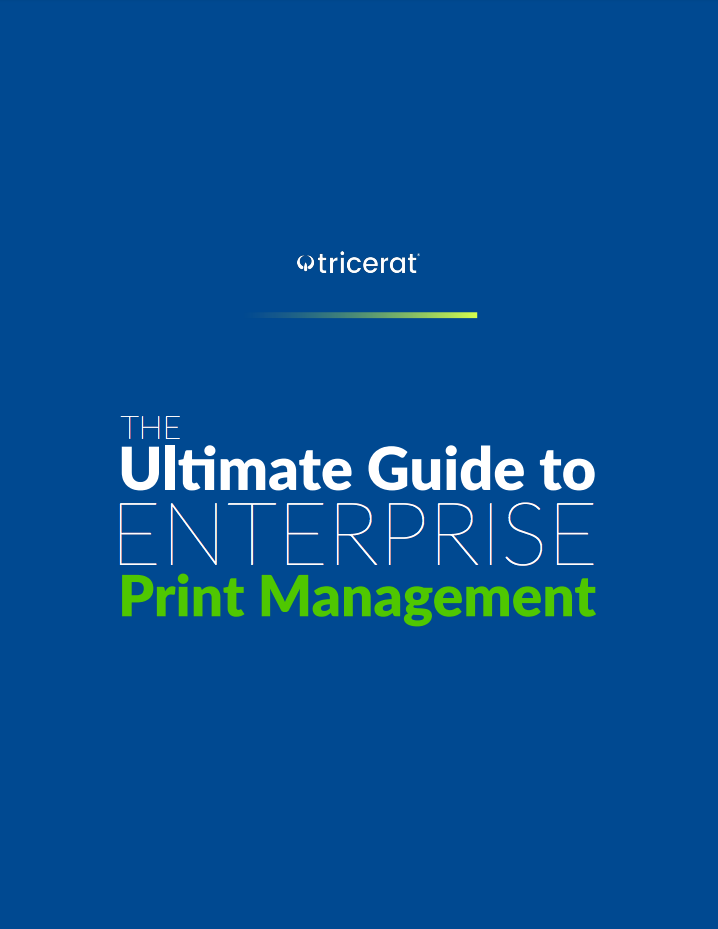Since VMware’s acquisition by Broadcom, many enterprise teams are looking to rework their virtualization strategies. The sudden spike in licensing costs—along with uncertainty about the future of critical services for VDI (Virtual Desktop Infrastructure) and EUC (End-User Computing)—has IT teams and sys admins asking: What’s next?
With VMware’s EUC division spun off into Omnissa, the uncertainty has deepened. Admins managing complex hybrid environments are now faced with finding alternatives supporting distributed workforces while providing flexibility and cost control. Add the pressure to maintain seamless end-user productivity while managing hybrid and multi-cloud infrastructures, and it’s clear why sys admins are feeling the pinch.
Since the acquisition in 2023, VMware’s licensing renewals have increased, with some organizations reporting 200-600% price hikes. The switch from perpetual to subscription-based models has added to this financial burden, making long-term infrastructure planning difficult for IT leaders focused on Total Cost of Ownership (TCO).
Broadcom’s shift from perpetual licenses to a subscription-based pricing model has resulted in significant cost increases for organizations, particularly those with high-core-count servers. Many companies are struggling with rising expenses as the move to a per-core licensing structure complicates budgeting.
.png?width=1233&height=500&name=Untitled%20(16).png)
Sysadmins and IT leaders managing large-scale infrastructures are now forced to reconsider their licensing strategy, especially when other projects, such as cloud migrations or multi-cloud implementation, also need funding.
Broadcom’s acquisition history—think CA Technologies and Symantec—left a question mark on the product roadmap of native VMware products like vSphere, Horizon, and NSX. With fewer resources allocated to R&D, sysadmins are concerned that VMware may not keep up with evolving business and infrastructure demands. Many are concerned that future development of products will stagnate or be prioritized, with questions like:
With VMware’s rising costs and concerns about its future roadmap, organizations are turning to hypervisors to deliver cost savings and technical flexibility. Below are three top contenders.
.png?width=1233&height=500&name=Untitled-2%20(12).png)
Nutanix AHV is leading the charge as a hyper-converged infrastructure (HCI) solution that integrates compute, storage, and networking into a single platform. For VDI environments, Nutanix integrates seamlessly with Citrix and Frame. This makes it ideal for handling graphics-heavy workloads like CAD or 3D modeling, while scaling resources on demand to accommodate the growing remote workforce:
Microsoft Hyper-V is another powerful alternative. Hyper-V provides deep integration with Azure, enabling hybrid cloud deployments that scale on demand with Azure Virtual Desktop (AVD).
Hyper-V also comes with robust security features like Shielded VMs and Secure Boot that ensure data protection from unauthorized access, essential for protecting virtual desktops in highly regulated industries like finance or healthcare. Plus, features such as disaster recovery, built-in live migration, and failover clustering help minimize downtime.
Proxmox VE has quickly become a popular open-source alternative for sysadmins managing Linux-based environments. Supporting KVM-based virtualization and LXC containers, Proxmox is ideal for organizations looking to minimize costs while maintaining performance.
While Proxmox is a fantastic cost-saving solution, it does require expertise in Linux. Organizations with strong Linux knowledge can use this platform to manage both virtual machines and containers. Key benefits of this alternative include:
Sysadmins and IT leaders are also looking beyond VMware’s EUC solutions, particularly as Omnissa takes over the EUC division. Here are two leading alternatives to consider.
Citrix Virtual Apps and Desktops has long been a leader in the VDI space, particularly for organizations managing distributed workforces. Citrix technology ensures a high-definition user experience even in low-bandwidth environments. Citrix’s multi-cloud support allows sysadmins to deploy VDI workloads across AWS, Azure, and Google Cloud. Key benefits of this option are:

Microsoft AVD integrates natively with Azure services, making it a robust solution for organizations looking to scale VDI environments without investing in on-prem infrastructure.
Microsoft AVD delivers a cloud-native solution that integrates deeply with Azure Active Directory and Microsoft 365. Sysadmins can provision virtual desktops on demand, offering the flexibility to scale resources dynamically while keeping costs in check with pay-as-you-go pricing. Sys admins gravitate toward this platform because:

In the rush to migrate to new VDI environments, printing often gets overlooked until it becomes a problem. Sysadmins don’t need the added hassle of printer driver compatibility issues adding to their support tickets. This is where Tricerat’s ScrewDrivers comes in, ensuring driverless printing across platforms without sacrificing performance. Here's where our software can help:
The uncertainty surrounding VMware’s future under Broadcom has IT leaders evaluating hypervisors and EUC solutions that offer cost control, scalability, and long-term stability. Meanwhile, Tricerat ScrewDrivers ensures that your IT team can focus on critical migration tasks without being bogged down by print management issues. Ensuring seamless cross-platform printing will help maintain business continuity and enhance user experience during infrastructure transitions.
Ready to future-proof your infrastructure? Request a demo of Tricerat ScrewDrivers today.
